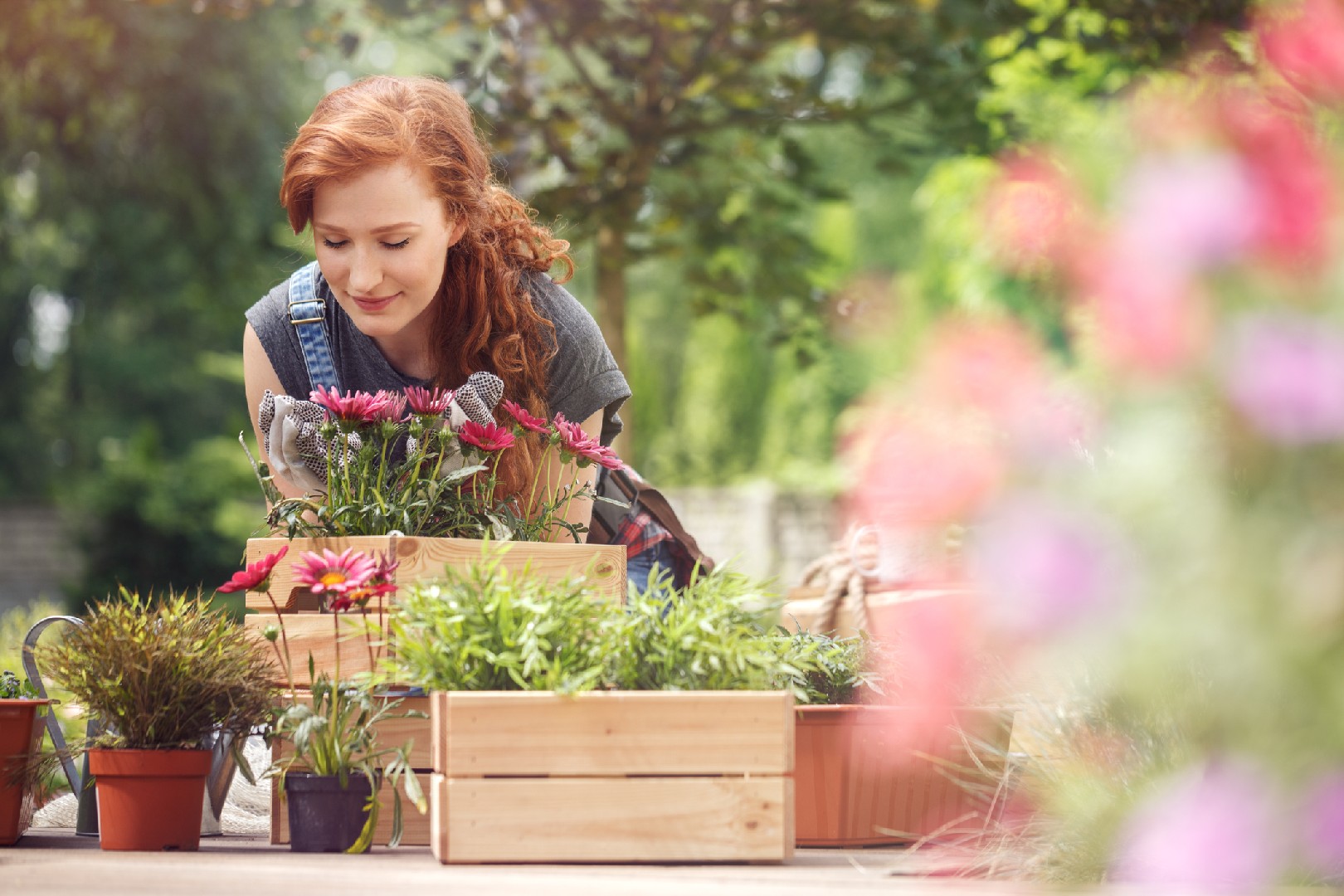
Choosing the Right Containers
When it comes to container gardening, choosing the right containers is essential for the success of your plants. The materials of the containers, such as clay, plastic, wood, and metal, can significantly impact the growth and health of your plants.
Clay pots are a popular choice among gardeners due to their natural and breathable properties. They allow air and moisture to circulate through the walls, preventing the roots from becoming waterlogged. However, clay pots can also dry out quickly, so it's important to check the moisture levels regularly and water accordingly.
Plastic containers, on the other hand, are lightweight, affordable, and great for retaining moisture. They come in various sizes and shapes, making them versatile for different plant types. Additionally, plastic containers often have drainage holes, which are crucial for preventing waterlogged roots. However, keep in mind that plastic containers can deteriorate over time due to exposure to sunlight, so it's best to replace them every few years to ensure optimal plant health.
Wooden containers have a natural and rustic appeal, making them a popular choice for many gardeners. They provide excellent insulation, keeping the roots cool during hot summer months and warm during cooler seasons. However, wood containers can rot over time, so it's important to choose containers made of rot-resistant woods like cedar or redwood. Additionally, line the inside of the wooden containers with plastic to prevent moisture from seeping out.
Metal containers, such as galvanized steel or aluminum, are durable and can withstand harsh weather conditions. They also offer excellent drainage and are resistant to rotting. However, metal containers can heat up quickly under direct sunlight, which can be harmful to the roots. To prevent this, consider placing the metal containers in shaded areas or insulating them with a layer of mulch.
When choosing containers, size and depth appropriateness for plant types are crucial factors to consider. Some plants, like herbs or lettuces, have shallow root systems and require shallower containers. On the other hand, plants like tomatoes or peppers have deep root systems and need deeper containers to accommodate their growth. It's important to research the specific plant's root depth requirements before selecting the container.
Another key consideration is drainage holes. Proper drainage is vital to prevent waterlogged roots, which can lead to root rot and plant diseases. If your chosen container does not come with drainage holes, you can drill them yourself using a drill or create a layer of gravel at the bottom of the container to allow the excess water to flow away from the roots.
In summary, selecting the right containers is crucial for the success of your container garden. Consider the materials, such as clay, plastic, wood, and metal, and their respective properties. Take into account the size and depth appropriateness for the specific plant type, as well as the importance of proper drainage. By carefully choosing your containers, you'll provide the optimal growing conditions for your plants and ensure a successful container gardening experience.









